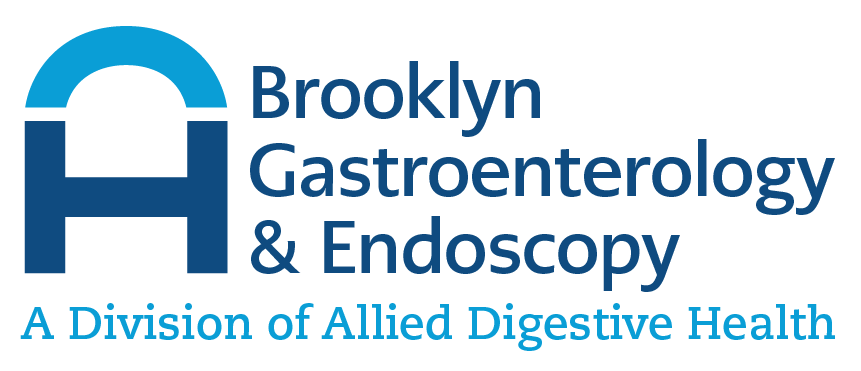What is Endoscopic Pseudocyst Drainage?
Endoscopic pseudocyst drainage is a technique aimed to drain a cyst (ball of fluid) that can sometimes develop as a complication of acute or chronic pancreatitis. The procedure is now customarily done using endoscopic ultrasound (EUS).
The procedure is performed by a physician using a thin flexible tube with a camera and light source called an endoscope with a miniature ultrasound attached to it. The physician will insert this device through the mouth or anus to examine the necessary organs. The ultrasound probe will generate sound waves to create visual images of the organs being examined.
Why is Endoscopic Pseudocyst Drainage Performed?
Pseudocysts are a type of pancreatic cyst that develops as a complication of acute or chronic pancreatitis. Sometimes, these cysts become large enough to cause abdominal pain, nausea, vomiting or other problems with an individual’s digestive function. The pseudocyst would then require a drainage procedure to alleviate the symptoms. Traditionally, they would be drained by surgery where the cyst would be connected to the stomach, or the small intestine. Using endoscopic ultrasound with specially designed stents (plastic or metallic tubes) provides a non-surgical, minimally invasive method to create a similar connection between the stomach and the pseudocyst.
How Does One Prepare for Endoscopic Pseudocyst Drainage?
Generally, no eating or drinking is allowed for 6 to 8 hours before the procedure. Smoking and chewing gum are also prohibited during this time. Patients should tell their doctor about all health conditions they have—especially heart and lung problems, diabetes, and allergies— in addition to all medications they are taking. Patients may be asked to temporarily stop taking medications that affect blood clotting or interact with sedatives, which are often given during endoscopic ultrasound.
Medications and vitamins that may be restricted before and after the procedure include:
- nonsteroidal anti-inflammatory drugs such as aspirin, ibuprofen (Advil), and naproxen (Aleve)
- blood thinners
- blood pressure medications
- diabetes medications
- antidepressants
- dietary supplements
Driving is not permitted for 24 hours after the procedure to allow sedatives time to completely wear off. Before the appointment, patients should make plans for a ride home.
How is Endoscopic Pseudocyst Drainage Performed?
The endoscopic pseudocyst drainage is conducted at a hospital. Patients will first change into a gown and their belongings will be stored in a secure area. An intravenous (IV) needle is placed in a vein in the arm so sedatives can be administered. An antibiotic is administered to reduce the risk of infection. Sedatives help patients stay relaxed and comfortable. Most patients fall asleep with sedatives during the procedure. While patients are sedated, the doctor and medical staff monitor vital signs. Patients continue to breathe on their own throughout the procedure.
During the procedure, patients lie on their side on an examination table. The endoscope is carefully fed down the esophagus and into the stomach and duodenum. A small camera and ultrasound probe mounted on the endoscope transmits video and ultrasound images to a video monitor, allowing the physician to obtain ultrasound images of the intestinal lining and adjacent organs. The doctor will locate the pseudocyst lying adjacent to the stomach. A needle will be inserted through the stomach wall into the cyst. A small sample of fluid will be taken for testing. Then, a thin wire will be advanced through the needle into the cyst. The needle will be removed and either a few plastic stents or one metallic stent will be placed with one end sitting in the cyst and the other in the stomach. Spot x-rays may be taken at times to aid the placement of the stents. Once the stent(s) is deployed, the EUS endoscope is removed and the procedure is completed.
What Happens after the Endoscopic Pseudocyst Drainage is Done?
After the EUS exam, patients are moved to a recovery room where they wait about an hour for the sedative to wear off. During this time, patients may feel bloated or nauseated. They may also have a sore throat, which can stay for a day or two. Patients will likely feel tired and should plan to rest for the remainder of the day. Unless otherwise directed, patients may immediately resume their normal diet and medications.
A few weeks after the initial procedure is performed, the doctor will obtain a CT scan of the abdomen to assess the progress of the pseudocyst drainage. Provided that the cyst has shrunk to a satisfactory level, the patient will then return several weeks later for another endoscopy to have the stent removed.
What are the Risks Associated with Endoscopic Pseudocyst Drainage?
Overall, the risks associated with the procedure are low. Infection of the pseudocyst has been reported in some cases. Bleeding can occur in the stomach or the cyst. Perforation (a hole or a deep tear in the lining of the gastrointestinal tract) may require surgery, but this is a very uncommon complication. Pancreatitis (inflammation of the pancreas) can occur, but this too is an uncommon event. Other risks involve complications related to the anesthetics and sedatives (breathing difficulties, aspiration) or complications related to heart and lung disease.

